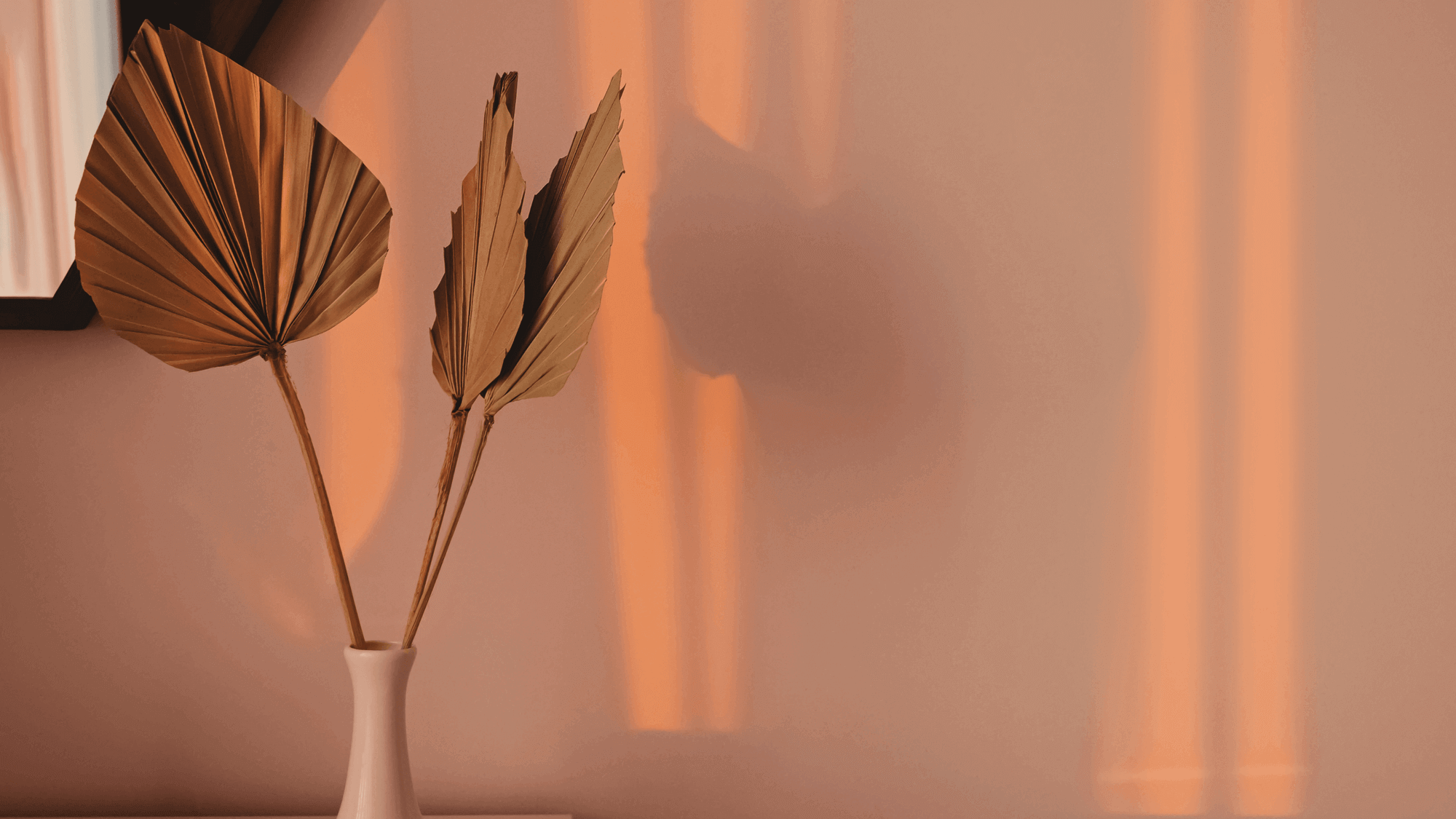The Designer Edit: Ruud Belmans of WeWantMore
)
Ruud Belmans, Creative Director at WeWantMore, on finding design inspiration, ensuring quality of service in hospitality and the limitations and possibilities of environmental design work.

What hospitality and hotel projects have you worked on?
The last year we’ve been working a variety of projects ranging from fast-food to luxury hotels. Working on a new global interior design for McDonalds and at the same time designing a 5 star hotel and a restaurant for a Michelin star chef keeps us sharp and our lives fun and exciting. 2023 projects we’re particularly proud of include AUM – an Indian inspired fine dining restaurant experience in Brussels, My Tannour – a Syrian fast casual concept, two new Manhattn’s burger restaurants – Paris and Bruges, McDonalds global restaurant design, our second Bath & Barley – Belgium’s first beer Spa concept, rooms and restaurant design for Mövenpick Zaventem, full resort design for Green Coast MGallery in Albania and a recent collaboration with chef Christophe Hardiquest for Corinthia Hotels in Brussels.
What do designers have to keep in mind when designing hospitality spaces?
Above everything, quality service is -and will stay- the most defining factor for success of hospitality spaces. So, an interior design project should always start by defining the level and details of service, so the design can facilitate this desired way of serving future customers.
This mainly reflects in the layout of the space but can also direct seating comfort, table sizes and small, surprising details that bring comfort. The next – or rather parallel- thing that needs major attention is the ownability or uniqueness of the place. This can be achieved through many different elements and ideally should be a combination of them all, like ambience, material palette, branding, service again, and much more.
Where do you find inspiration for your designs?
Inspiration is everywhere. The trick is to spot it. Here is a list, in order of importance, of where you can look for it.
1. The best source of inspiration is the world around us. Our environment gives us gold every day, every minute. You just have to become aware of it, be open to it. Beauty is often found, not created.
2. Visiting places like museums, restaurants, parks, theatres…Art and entertainment are very strong fire starters.
3. Physical activity like sports that ‘deactivates’ your active thinking. It gives you distance and context and will bring new insights.
4. In our diverse team we inspire each other every day.
5. Books and online research.
6. AI like Midjourney is a powerful tool to explore and dive further into the inspiration gathered through the previous methods. It could offer new angles.
What two design trends are you loving right now?
- The rising interest in ancestral wisdom. More and more we are looking at traditional skills and knowledge from the past to rediscover old ways to tackle new problems. The growing love for crafts like woodworking and ceramics has outgrown its traditional field of application and found its way into architecture and interior design.
- A new design aesthetic that is born out of sustainability urgency. Limitations as well as new technological possibilities are currently bringing forward very interesting experimental design work that will be seen as the groundwork for a totally new universally appreciated design language and aesthetic.
And what is a design trend you’re glad is firmly in the past?
I believe everything happens and has happened for a reason, so all trends were essential in a way to produce something more meaningful. Even that one trend that inspired everybody to drop plastic plants from the ceiling was actually grounded in the innate need of people to be close to nature. This is now evolving into more profound ways of achieving this through solutions like mycelium and other natural materials.
How do you approach sustainability?
Sustainability should not be optional. Therefor we have developed a system to integrate sustainability within our design process. The field of sustainability is complex and difficult to grasp, so we made it manageable for our design team to make responsible choices along the way. You can read all about it on https://wewantmore.studio/.
What trends/materials do you think we’ll see in luxury design in 2024?
I think the luxury segment will bring a beautiful combination of experimental sustainable materials and carefully curated artefacts that showcase skilful craftsmanship. I hope luxury brands will take on their responsibility to help develop that new design aesthetic that is rooted in sustainability.
To stay up to date with all the latest news from the worlds of hotels, hospitality and design, subscribe to the Independent Hotel Show newsletter.
